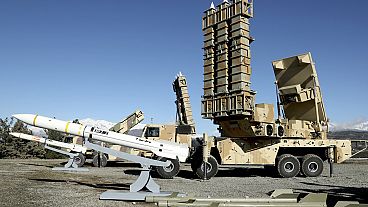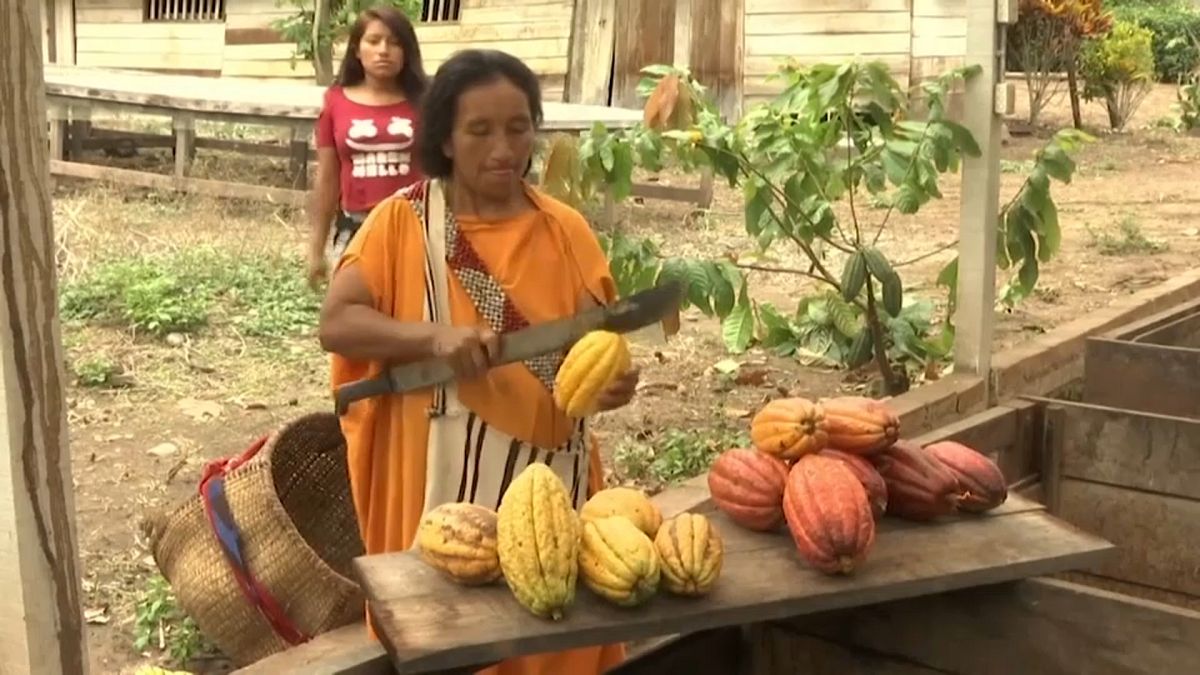Authorities are trying to persuade farmers to switch to harvesting cacao from coca, which is used to make cocaine. Peru is a major cacao exporter, but also the world's second largest producer of cocaine.
Cacao producers in a remote region of the Peruvian Amazon celebrated an annual chocolate festival last weekend, as authorities ramp up efforts to persuade farmers to switch to harvesting cacao from coca, which is used to make cocaine.
Peru is a major cacao exporter, but also the world's second-largest producer of cocaine after Colombia.
The festival, in the San Martín de Pangoa region, took place in a main square and featured producers who showed chocolates mixed with nearly two dozen flavours – including pineapple, blueberries, coffee and a worm called "Suri" which is rich in protein.
The region is located in the valley of the Apurímac, Ene and Mantaro rivers, which is the same area where a large amount of Peruvian cocaine is produced.
Peru is a major producer of organic cacao, which is exported to the United States, the Netherlands and Belgium. The South American country also claims 60 per cent of the crop's genetic biodiversity.
Cacao producer Percy Marmolejo says there is plenty of diversity in Peru's crops, besides the illegal coca leaf and in addition to cacao. He said: "We have for example coffee, we have pineapple, the sacha inchi (a type of peanut) and we have kion (ginger)."
He added: "In the area of production we have advanced a lot. There are individual producers, we have co-operatives, associations, small organisations that are already exporting their products to Europe, Spain, Japan."
Celso León, mayor of San Martín de Pangoa, said that cacao is being promoted as an alternative crop for farmers.
He said: "Pangoa represents 85 per cent of the rural area [of cacao cultivation] for farmers, so this festival is essential for us being able to show to the world cacao production, and also that the native cacao of this place is extremely important because of its quality, because of its essence, because of its aroma, among other things."


